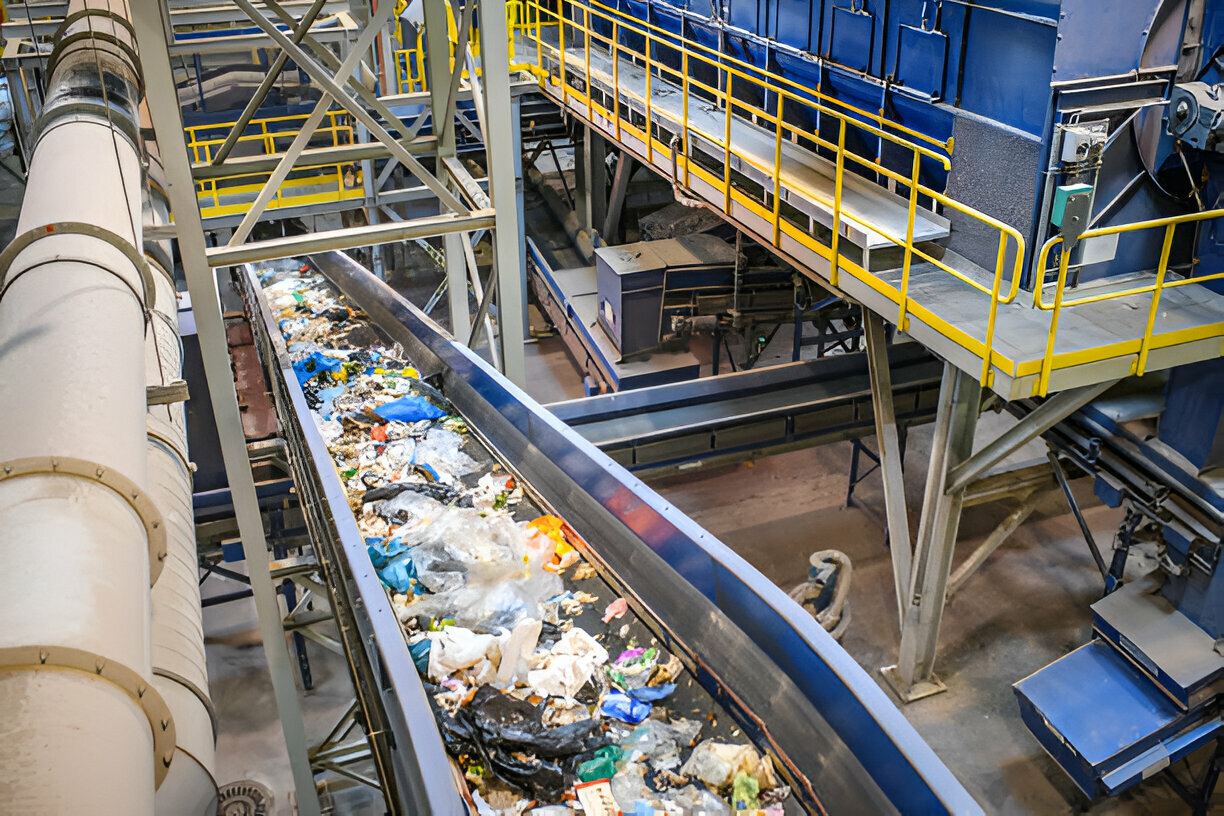Managing waste at landfills, transfer stations, recycling center’s, and resource recovery facilities can be a logistical challenge. The best waste facility software can make a big difference by simplifying tasks like load tracking and ensuring compliance. To choose the best option for your business, focus on the features that will have the most impact on your day-to-day operations.
Contents
- 1 Manage Data and Reports with Ease
- 2 Stay Compliant with Regulations
- 3 Make Weighbridge Integration a Priority
- 4 Manage Multiple Sites Seamlessly
- 5 Use Real-Time Analytics for Better Decisions
- 6 Simplify Voucher and Ticketing Systems
- 7 Ensure Chain of Responsibility Compliance
- 8 Easy to Use and Accessible
- 9 Choose What Works for You
Manage Data and Reports with Ease
Good waste facility software should make it simple to keep track of everything, from waste entering and leaving the facility to vehicle movements and inventory. It should also offer easy-to-use reporting tools to help you meet compliance requirements, track performance, and identify ways to improve. Having access to clear data helps you make smarter decisions and stay organized.
Stay Compliant with Regulations
Australian waste facilities have to follow strict rules for waste disposal, transportation, and recycling. Software with built-in compliance tools can make this much easier. Look for features like waste categorization, detailed reporting, and document tracking. Tools like mass balance reporting and waste code tracking can also help you stay on top of audits and avoid fines.
Make Weighbridge Integration a Priority
If you use weighbridges, integration with your software is essential. Connecting your software to weighbridge systems can reduce manual errors, speed up transactions, and ensure accurate weight records. It’s even better if the software can handle different waste types in one transaction and update data in real time.
Manage Multiple Sites Seamlessly
If your business runs several facilities, it’s important to have software that can handle data from all locations in one place. Centralized systems let you monitor activity, maintain consistent standards, and streamline reporting across all sites, whether it’s a landfill or a recycling center.
Use Real-Time Analytics for Better Decisions
Real-time data tools can give you valuable insights into how your facility is running. Look for software with user-friendly dashboards that display data in ways that are easy to understand, like charts or tables. These tools can help you spot problems, track trends, and improve efficiency quickly.
Simplify Voucher and Ticketing Systems
Many waste facilities use voucher and ticketing systems for customer drop-offs. The right software can make it easier to issue tickets, schedule drop-offs, and track usage. This is especially useful for councils managing residential waste programs, as it ensures accurate records for all issued vouchers.
Ensure Chain of Responsibility Compliance
Chain of Responsibility (CoR) laws mean waste transport vehicles must meet weight and registration requirements. Software with CoR tools can help monitor this in real time, flagging any issues before they become a problem. These tools also help you stay prepared for audits and reduce the risk of penalties.
Easy to Use and Accessible
Finally, the software should be easy for your staff to use, whether they’re operating the weighbridge or handling admin tasks. A simple interface can save time on training and reduce mistakes. Cloud-based options are even better, as they let you manage operations from anywhere.
Choose What Works for You
The best waste facility software is the one that meets your business’s specific needs. By focusing on essential features like compliance tools, integration, and analytics, you can simplify operations and improve overall efficiency. Take the time to explore your options and find the right fit for your facility.


